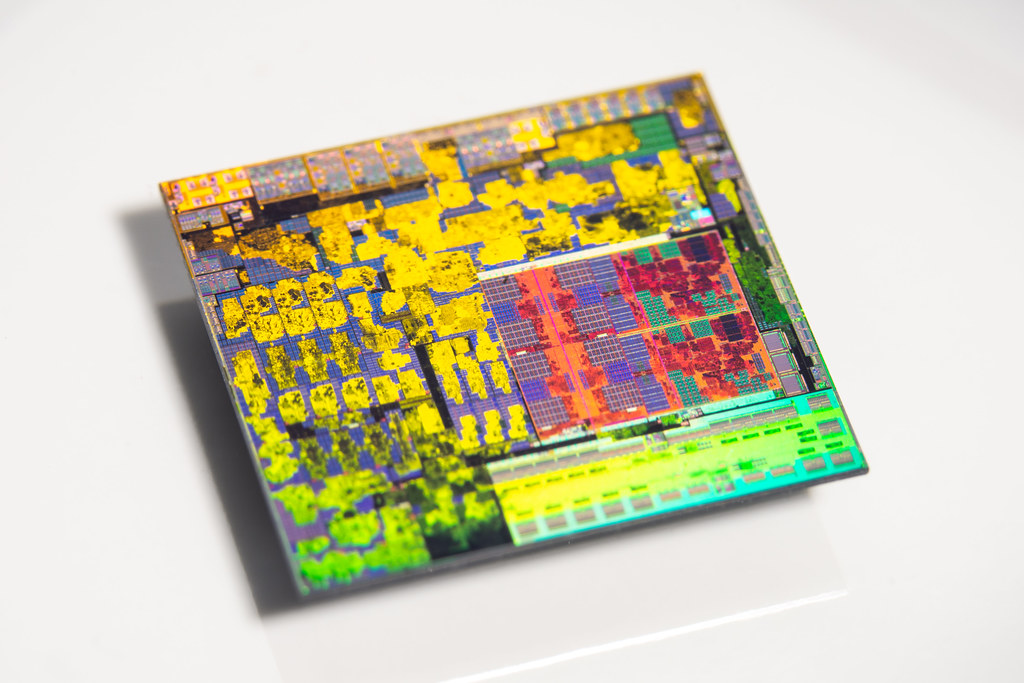I'm not as optimistic at the iGPU performing that well. Actually they perform somewhat under spec. It's because they have to share both power and memory.
The memory sharing part reduces performance by 10-20%, because you can't be perfect and there will always be contention which reduces performance in terms of both latency and bandwidth, even if the CPU doesn't require a lot.
As I mentioned It was just an example and the performance can differ compared to this.
While AMD gained great deal of efficiency and performance with RDNA2, the die size grew 100% to do so. If you compare Vega to RDNA, the performance is similar, but RDNA requires 250mm2 versus Vega's 330mm2. But they also cut resources by 33%.
Vega CU = RDNA 0.67 CU, with smaller die.
RDNA CU = Vega CU x 1.3x performance.
RDNA2 1.5x CU = Same power efficiency as RDNA CU, but potentially 2x the die size
You have a mistake in Vega CU = RDNA 0.67 CU.... It should be 0.77 instead of 0.67, If you were talking about performance.
Navi 10 vs Vega 20
Specs: 40CU(2560:160:64), 256bit GDDR6 vs 60CU(3840:240:64), 4096bit HBM2
Size: 251 mm2 vs 331 mm2 (+32%)
TBP: 225W vs 300W (+33%)
The same performance with a smaller die size and power draw without using expensive HBM2, which BTW saves some additional die space and power compared to GDDR6.
Navi 10 vs Navi 22
Specs: 40CU(2560:160:64), 256bit GDDR6 vs 40CU(2560:160:64), 192bit GDDR6, 96MB IC
Size: 251mm2 vs 335 mm2(+33.5%)
TBP: 225W vs 230W (+2%)
Performance: 26-32% higher for Navi22 depending on resolution(
Link)
So Navi 22 is more power efficient than Navi10 and the difference of 84mm2 in die size is mostly thanks to 96MB Infinity cache. RDNA2 CU should be bigger, but I think only by 10-15% at most and let's not forget about the added RT functionality.
Navi 22 vs Vega 20
Specs: 40CU(2560:160:64), 192bit GDDR6, 96MB IC vs 60CU(3840:240:64), 4096bit HBM2
Size: 335 mm2 vs 331 mm2 (-1%)
TBP: 230W vs 300W (+30.4%)
Performance: 26-29% higher for Navi22 depending on resolution (link above) and efficiency by 64-68% depending on resolution.
I don't know why you think die size grew by 100% when It's actually comparable(Navi22 vs Vega20). Even If you were talking only about CU size, that's also not true based on specs.
The desktop Polaris/Vega parts also ran way beyond a reasonable level to achieve their performance. There was a whole discussion about this and were pleasantly surprised that Vega 11 was efficient, since it didn't have to reach that high.
So was RX 5700XT and now RX 6700XT.
Polaris/Vega owners also know they can undervolt/underclock them quite a bit.
You can do the same with RDNA2 with pretty good results.



